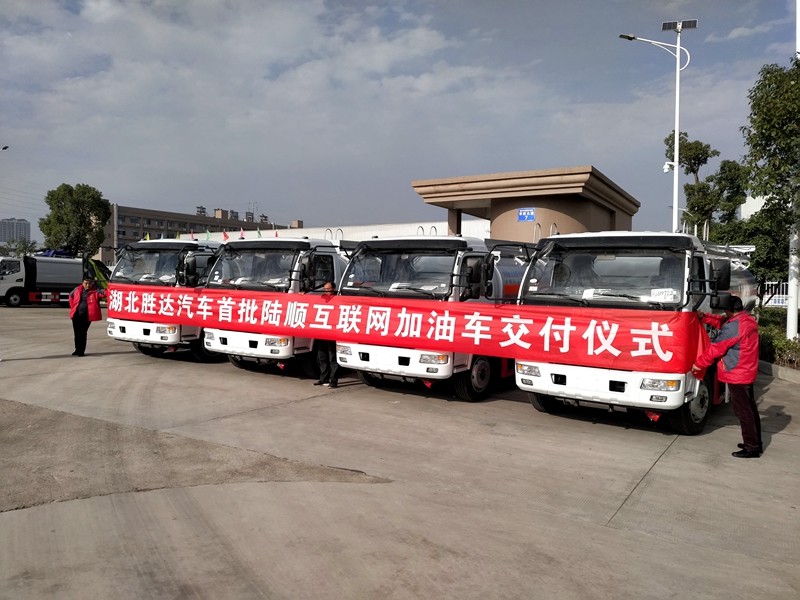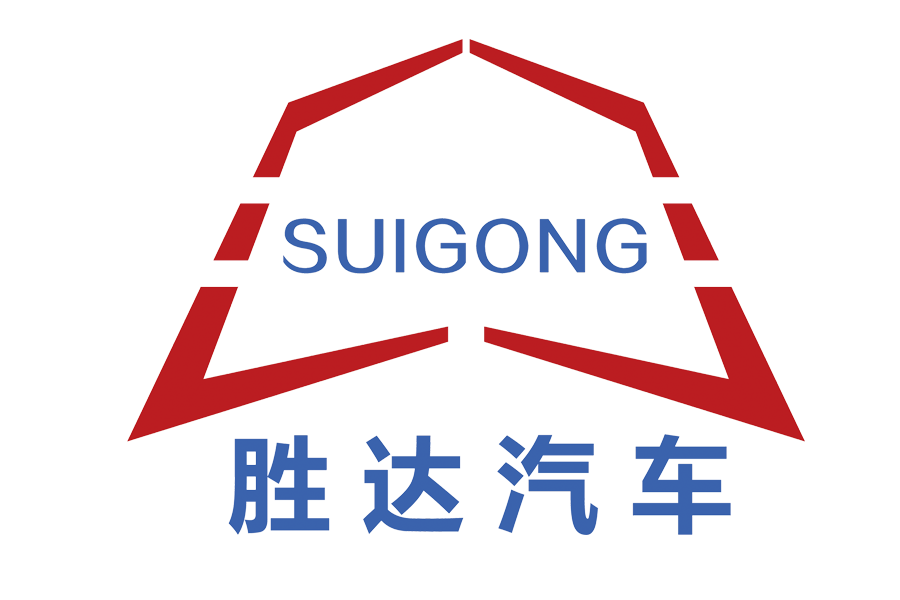Driver Training: Practical sessions covered mode 切换,emergency shutdown procedures, and fuel-saving driving techniques. A simulation module allowed drivers to practice handling different road conditions in a virtual environment.
Maintenance Workshops: Technicians learned to service the hybrid system, replace specialized nozzles, and troubleshoot the IoT monitoring system. Shengda also established a 24-hour hotline and stationed two engineers in Jiangcheng for the first six months.
Operational Trial: A two-week trial period in downtown Jiangcheng helped fine-tune settings—the team adjusted nozzle angles after that crosswinds were reducing spray coverage on bridge sections.

PM10 concentrations in Jiangcheng dropped from 165 μg/m³ to 98 μg/m³—a 40.6% reduction, exceeding the "Blue Sky Project" targets.
Key construction zones, such as the Eastern New District, saw dust levels decrease by 55% due to targeted high-pressure spraying.
Residents reported a noticeable reduction in dust accumulation on vehicles and outdoor surfaces, with 78% expressing satisfaction in a municipal survey.
Daily road coverage increased from 800 km to 1,350 km, covering 95% of urban roads compared to 60% previously.
Fuel and water costs decreased by 32% and 28% respectively, saving the bureau approximately ¥1.2 million in the first year.
Vehicle downtime dropped from 12% to 3% thanks to the predictive maintenance system.

